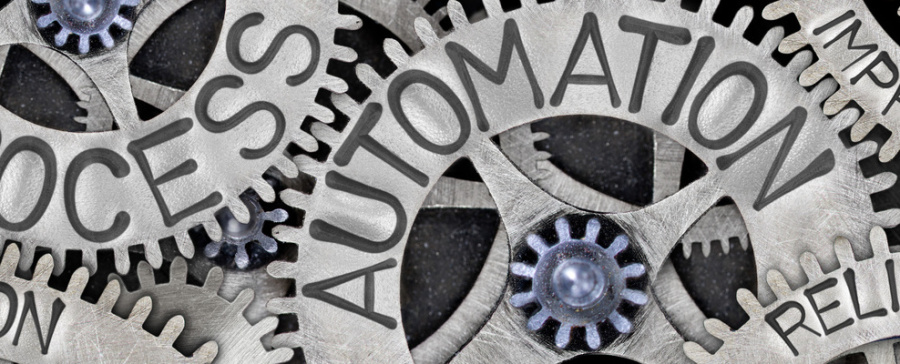Create, Manage and Make the Most of Customer Data - Part 2

In the first part of this series, we went over how to set up a company up to intake data, and then actually executing it. But now that all this data is coming in, what can be done with it?
Living in the world of Big Data means there’s more information that can be looked up in a lifetime on almost any topic, and customers are no exception. Thankfully software exists that can read, analyze and act upon these mountains of raw data and to create actionable plans for any company.
But before the software can do its job, it needs to know what to look for.
Identifying Buying Signals
Setting up automation before mapping out a buying journey is like taking a cross country road trip without ever looking at a map. Yeah, you can get there but you’re likely to get lost a few times along the way and it’s not going to be efficient.
Common Mistake #1: Companies jump to automate their workflows before analyzing their internal processes. Automation can make any business more efficient but not when it’s done without purpose.
The buying journey maps out the customer’s entire lifecycle, from when they first encounter a problem, to them searching for a solution, buying the product or service, receiving any additional support, and repeat buying.
Knowing what a customer is going through will help identify “Buying Signals”, the clues that separate those who are “just browsing”, from actual leads. Not only that, but identifying which ones are high-value leads becomes easier.
Look through past clients, go through emails, calls and any communication the company has had with them. Build their journey into different stages.
Multiple Buying Journeys
What will be easy to notice is that client bases are very diverse, and that different personalities will go through different journeys. Not only that, but each product or service solve a unique problem and that will create more journeys to track.
Common Mistake #2: Companies think too narrowly of their customers buying journeys and try to force square pegs into round holes. Building multiple buying journeys will give companies the flexibility they need.
Don’t track them all, it’s too much work and not enough reward. There isn’t a hard number that is universal for every business, but map at least 2 or 3 journeys.
These first two steps can be done in BlueCamroo using Sales Pipelines.
Design the Automation
Now that the general path that customers need to take has been mapped, automation is ready to be designed to nudge them along their way.
A custom workflow can influence people to make the next decision in their buying cycle. For example, once a person has filled out a form a task can be automatically created to follow up with them. Research shows that a faster response leads to a higher conversion rate.
Now that the different buying signals have been identified and the path that they need to go down to make a decision has been mapped out there’s a series of question that needs to be asked:
- How do we help them make the next step?
- What information will they need to make an informed decision?
- What resistance can expected?”
If these questions can be answered the path can be created for clear and effective automated workflows that can include tasks, email chains, follow ups and have answers ready to common resistance to ensure leads have everything they need to move forward in their buying journey.
But don’t get too comfortable, all of these processes can and will evolve. It is important to look at these points every so often and fine-tune when necessary.
Common Mistake #3: Companies look at their processes and design their workflows once and never review them again. Customers evolve, the market evolves, and companies evolve. Review these processes at least once a year.
With the BlueCamroo Workflow Automation Engine almost everything in the software can be setup with automation. With incredibly granular options a business can design and build custom workflows that best fit their processes.
